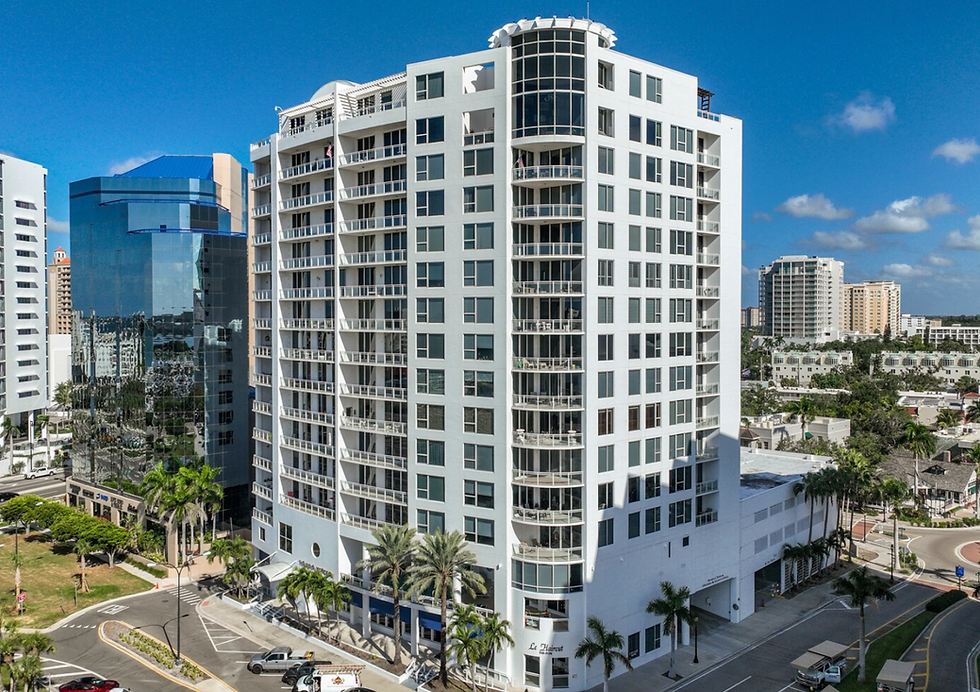Atlanta Multifamily Market Insights
- MMCG

- Apr 15
- 4 min read

Atlanta Multifamily Market Insights: A Consulting Perspective
At MMCG, we specialize in guiding investors, developers, and stakeholders through the complexities of multifamily real estate. Our latest analysis of the Atlanta market uncovers notable shifts in vacancy, rents, and ongoing development, painting a picture of both challenges and opportunities for long-term, strategic investment. Below, we present a summary of key market factors, followed by our consulting insights.
Market Snapshot
Units Delivered (Past 12 Months): 24,655
Net Absorption (Past 12 Months): 19,720
Vacancy Rate: 12.5%
Year-Over-Year Asking Rent Growth: -1.2%
While Atlanta’s multifamily sector has benefited from strong demand—particularly at the higher end—record new supply has maintained upward pressure on vacancy. Rent growth has dipped below zero year-over-year, but several data points indicate potential stabilization on the horizon. Investors and property owners alike can still find meaningful opportunities for growth if they adapt strategically.
Demand and Vacancy Trends
Demand Rebounds
Atlanta logged roughly 19,000 net absorbed units in the past year, a dramatic upswing from flat demand in 2022. This surge is concentrated at top-tier (4 & 5 Star) properties in both urban and up-and-coming suburban areas, driven by newcomers seeking amenity-rich living. Meanwhile, inflationary pressure has constrained household formation among renters seeking more budget-friendly options, leading to slightly negative net absorption in 1 & 2 Star segments.
Elevated Vacancy
Despite strong absorption, vacancy remains around 12.5%—high relative to Atlanta’s historical norms. The driving force behind this elevated rate is the influx of newly delivered units, with more than 26,000 hitting the market in 2024. Upper-tier inventory shoulders the highest vacancy, primarily due to heavy concentration in new developments.
Consulting Insight:Owners of newly delivered, luxury-oriented properties should consider carefully calibrated concession packages and targeted leasing strategies to overcome fierce competition. Meanwhile, operators of older or workforce housing can maintain modest rent pricing and potentially add selective upgrades to address renters priced out of top-tier buildings.
Rent Overview
Declining Rents in Select Submarkets
Over the past year, average asking rents have fallen by 1.2%. High-end properties have borne the brunt of these declines, often pairing multiple months of free rent with other incentives. Urban submarkets like Midtown and West Midtown witnessed some of the steepest rent drops—around 2–3% year over year.
Outlying and more affordable suburban areas with fewer completions, however, have seen relatively stable rents. In these locations, constrained supply keeps competition low, giving landlords greater leverage.
Consulting Insight:For high-end properties, it’s crucial to manage lease-up timelines and remain flexible with concessions. Conversely, owners of value-oriented properties can leverage recent demand from price-conscious renters to maintain or slightly increase rents—especially with minimal new deliveries in the pipeline.
Construction Pipeline
Fewer Groundbreakings, But Large Pipeline Remains
Annual groundbreakings dropped by about 50% in 2024, reflecting tighter lending and market caution. Still, the backlog of projects under construction remains robust, with about 16,000 units—most rated 4 & 5 Star—poised for completion within the next couple of years. Henry and Gwinnett counties, along with the Midtown and Downtown submarkets, account for a notable share of this development.
Consulting Insight:For developers, prioritizing areas with strong demographics and job drivers can buffer future lease-up risk. Targeting the workforce or mixed-income segment can also prove advantageous, given the strong demand from middle-income renters and relative scarcity of supply.
Investment and Sales Activity
Spotlight on Newer Assets
Roughly 27,000 units traded over the past year, equivalent to around 5% of Atlanta’s multifamily stock. Institutional and out-of-state investors remain optimistic about the metro’s long-term fundamentals—particularly in luxury urban locales. Newly delivered buildings with strong amenities in popular neighborhoods have captured the lion’s share of attention, often fetching higher price-per-unit figures despite near-term leasing challenges.
Consulting Insight:Whether you’re a seller or buyer, understanding the nuances of local submarket dynamics is key. Sellers should underscore any proximity to job centers, walkable entertainment, or top-tier schools. Buyers, meanwhile, can align acquisitions with rising demand pockets while taking a measured stance on rent growth projections amid abundant new supply.
Local Economic Backdrop
Population and Job Growth
The Atlanta region added more than 75,000 residents in the past year, driven by companies expanding or relocating to the metro. While some office-using and tech employment slowed, robust growth continues in logistics, healthcare, and advanced manufacturing. These sectors not only support ongoing renter demand but also bolster the long-term viability of new and existing apartment communities.
Consulting Insight:A well-educated workforce and a relatively affordable cost of living further strengthen Atlanta’s economic appeal. Investors who adopt a medium- to long-range perspective can harness these favorable demographics, even as new supply gradually tempers market conditions in the near term.
Strategic Takeaways
Leasing and Marketing Tactics: High-end properties should carefully calibrate concessions, recognizing that extended lease-up timelines may persist.
Workforce Housing Investment: Limited new supply in more affordable segments provides a stable revenue stream and the potential for modest rent appreciation.
Adaptive Development: With construction starts slowing, builders would do well to focus on specialized product types or underserved rental markets that remain resilient despite broader supply challenges.
Selective Acquisitions: Assets with strong locational advantages or potential for value-add improvements will likely remain attractive, as forward-looking investors bet on Atlanta’s continued population growth and diversified economy.
Looking Ahead
We expect Atlanta’s multifamily market to regain firmer footing by mid-2025. As the tide of new deliveries recedes, vacancies should gradually tighten, and rent growth will likely return to positive territory—albeit at more measured rates than past highs. Operators, investors, and developers prepared to navigate the short-term glut may well reap significant rewards from the region’s long-term economic expansion.
At MMCG, we’re committed to helping clients craft data-informed strategies that align with evolving market realities. Whether it’s acquisition, repositioning, or ground-up development, we provide tailored guidance to turn today’s market pressures into tomorrow’s potential.
by Michal Mohelsky, J.D., principal of MMCG Invest, LLC, Multi-family feasibility study consultant




Comments